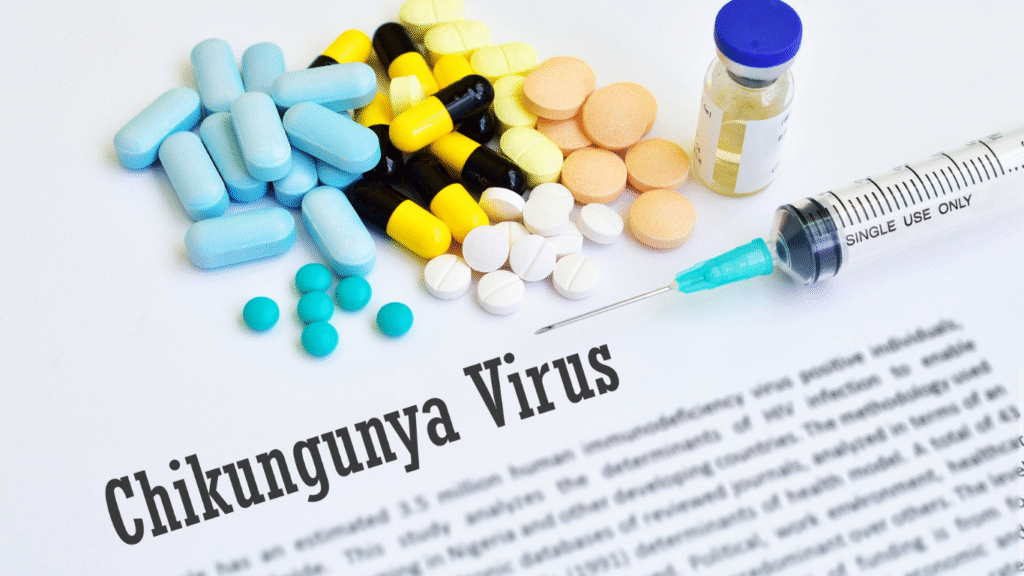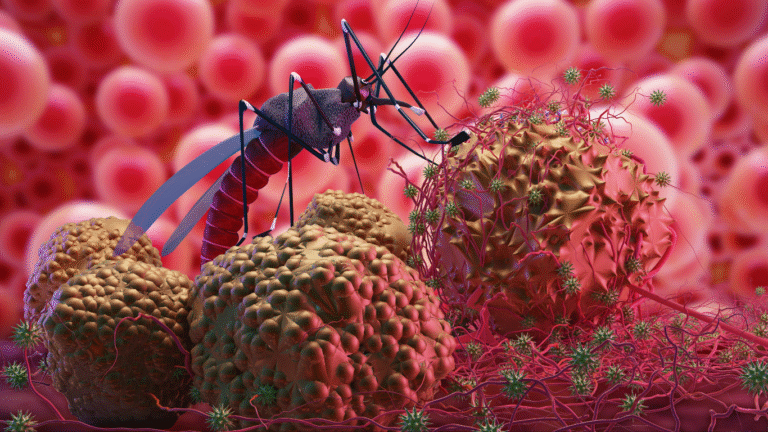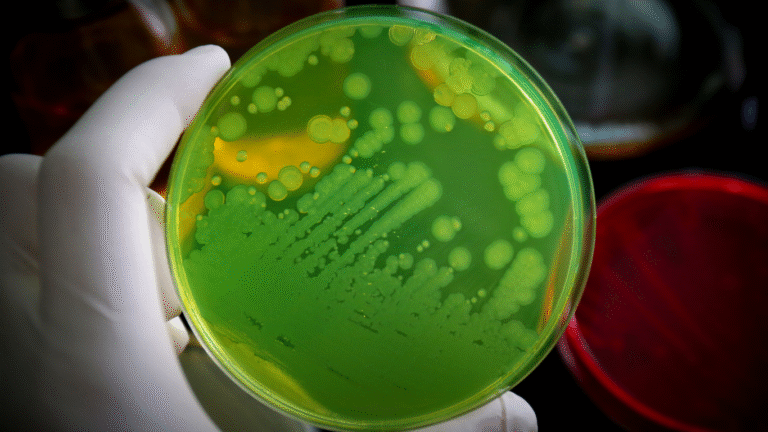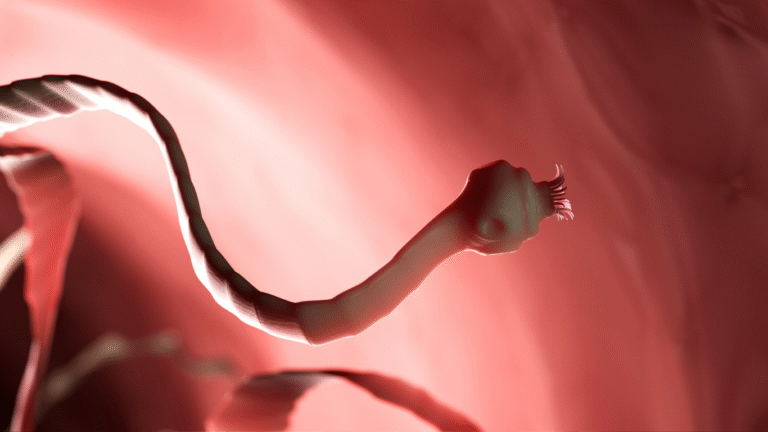Experience a day in the life of the Chikungunya virus, from mosquito to human, with simple science, engaging story, and key health tips that keep our readers informed and safe

The morning feels warm and bright—or at least, it does from where I rest, tucked into the narrow grooves of a mosquito’s tiny mouthparts. I am the Chikungunya virus, a single-stranded RNA alphavirus from the Togaviridae family, and my world is small, humid, and full of quiet vibrations. The gentle hum I hear is my home’s wingbeats, each one carrying us closer to my next destination. Life has been calm for days, but in my existence, calm never lasts long. My mission is simple: find a human host, enter their bloodstream, and multiply. I don’t know who my next host will be, but the mosquito I’m riding is eager to find breakfast, and that means my own journey is about to begin (CDC).
Then, without warning, we land. The surface beneath us is warm and smells faintly salty—human skin. I feel my host’s needle-thin proboscis pierce the surface, searching for a blood vessel. In that exact moment, I slip from mosquito to human, carried in the saliva injected to keep the blood flowing. My world tilts as I move into a place I’ve never been before: the bloodstream. The warmth here is steady, and the flow is constant, pushing me through corridors of red blood cells. My coat of proteins fits perfectly into certain human cell receptors, allowing me to slide in and take over. It feels effortless, but to the person I’ve just entered, this is the very first step toward illness (NIH).
Within hours, I begin my work. My RNA is unpacked, and human cells—now my unwilling factories—start producing copies of me. The more I multiply, the more I spread. I travel through tissues, finding homes in muscle cells, joints, and skin. For now, the human feels nothing unusual. They might even be going about their day without the slightest idea that I am here. However, I know that within three to seven days, the first signs will show: a sudden high fever, pounding headaches, and pain that seeps deep into the joints (Mayo Clinic).

Meanwhile, another mosquito might bite this same person. If that happens, I could leave in a droplet of blood and begin the cycle again in a new victim. This is how I’ve traveled the world—from tropical African forests to the bustling streets of Asia, the Caribbean, and the Americas (CDC). My reach is wide, and more than a third of the world’s population lives in places where I could thrive (Mayo Clinic).
As the day moves on, my human host begins to notice something is wrong. The fever hits hard, followed by intense muscle aches and swelling in the joints. The pain is so sharp that walking feels impossible, and even the smallest movement brings discomfort. That is, in fact, how I got my name—Chikungunya, from a Makonde phrase meaning “that which bends,” describing the hunched posture of those suffering from my effects (CDC). A faint rash may appear, and fatigue sets in like a heavy blanket. For most people, these symptoms are miserable but not deadly. However, for older adults, newborns, or those with underlying health problems, I can be far more dangerous (CDC).
At this point, the immune system becomes fully aware of my presence. White blood cells rush to the sites where I am multiplying, releasing chemical signals that cause inflammation. This inflammation is the body’s way of trying to trap and destroy me, but it’s also what makes joints swell and ache so badly. Fever works against me too, creating an environment that’s less comfortable for my survival. While the human rests, drinks fluids, and perhaps takes acetaminophen for the pain, my numbers begin to dwindle. Doctors avoid recommending aspirin or ibuprofen at first, since they need to make sure the person doesn’t have dengue, another mosquito-borne illness that can become more severe with certain painkillers (Mayo Clinic).
Despite the body’s best efforts, I am stubborn. In some people, I disappear completely after a week. In others, I leave behind lingering joint pain that can last for months or even years, flaring up like an unwelcome reminder of my visit (Mayo Clinic). For them, recovery is slow, and life moves at a gentler pace until the inflammation fades. Fortunately, those who recover typically gain lasting immunity to me, meaning they won’t have to experience this again (CDC).
Now, as the sun sets on my day inside this host, I know my time is nearly over. The immune system has learned my patterns, produced antibodies that recognize me instantly, and deployed them with precision. My copies are broken apart, my RNA degraded, and my protein shell dismantled. For me, this is the end. For the human, it is relief. The fever drops, the swelling eases, and although exhaustion remains, they can feel themselves returning to normal.
However, my story is never truly over. In warm, humid regions, other mosquitoes still carry my kind, waiting for their own moment to bite. Standing water—tiny puddles, forgotten buckets, or clogged drains—becomes a nursery for these insects. People who remove these breeding spots, wear long sleeves, and use insect repellent are much harder for me to reach (CDC). Travelers heading to high-risk areas can also protect themselves. In fact, two vaccines—IXCHIQ and VIMKUNYA—are now available in the United States, offering extra protection for those who need it most, though doctors weigh the risks and benefits, especially for older adults (CDC).
And so, my day ends the way most of my days do: with my host recovering, armed with immunity, and with me fading into nothing. For the millions of people who may one day meet me, the lesson is simple. Prevent mosquito bites before they happen. Stay alert to early symptoms. And remember that while I may be small, my effects can be mighty—and avoiding me entirely is always the best ending to my story.




